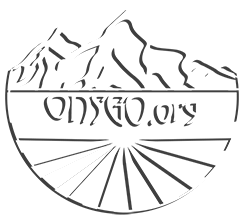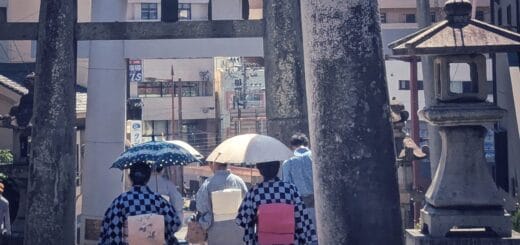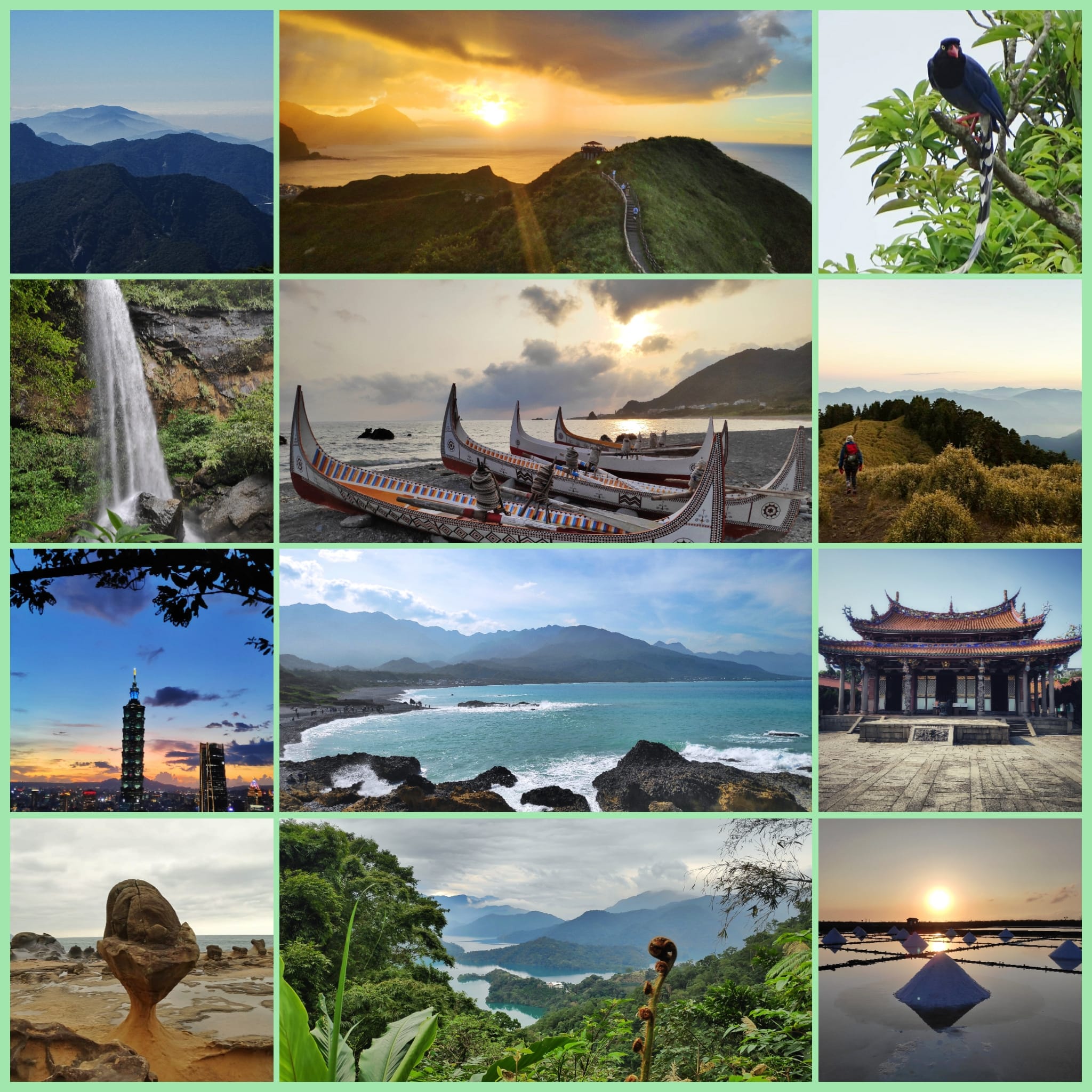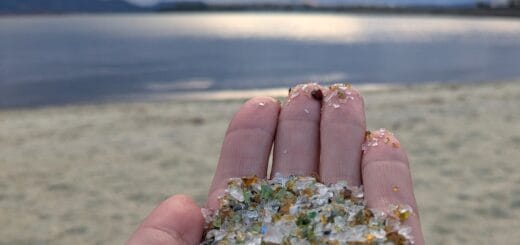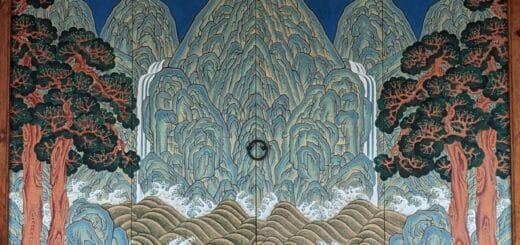How sustainable tourism can help revive underpopulated regions of Japan
Three PhD students from the NTNU – Elok, Wan-Jou, and Viola – recently joined the Sakura Science Research Exchange program, which was fully funded by the Japan Science and Technology Agency (JST). This program aimed to foster international collaboration and explore the particulars of community development through natural resource use in Japan’s shrinking societies. The project brought together students with diverse research interests related to sustainability, creating a dynamic environment for translocal learning. In partnership with Nagasaki University, we studied rural revitalization initiatives in aging and depopulating regions of Japan. The program brought us to the remote Tsushima Island and Saikai City in Nagasaki Prefecture, both facing the challenges of depopulation and an aging society. Despite these challenges, innovative projects are implemnted that are aimed at revitalizing communities, for example by promoting sustainable tourism, local resource use and and by exploring strategies to strengthen the functioning of ecosystems. Through visits to various sites and insightful conversations with local NGOs, community members, and government officials, we enriched our understanding of community development and sustainable resource management in the face of demographic shifts. This blog post will discuss some of our findings and also shares tourism opportunities to explore these beautiful regions in southern Japan.
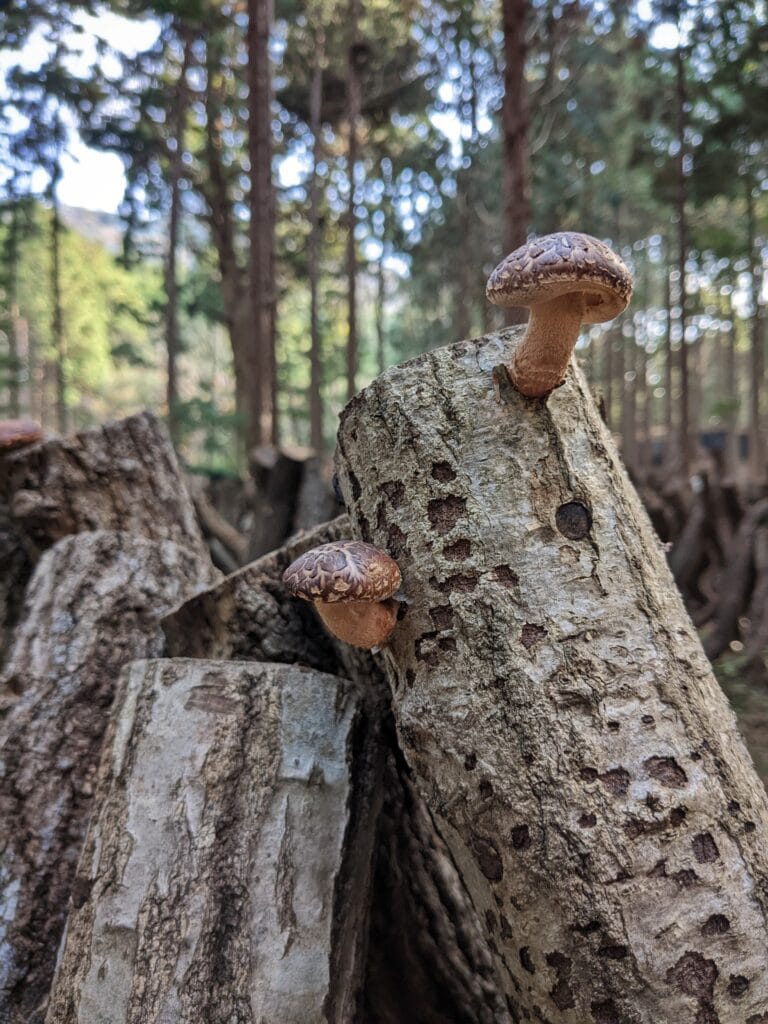

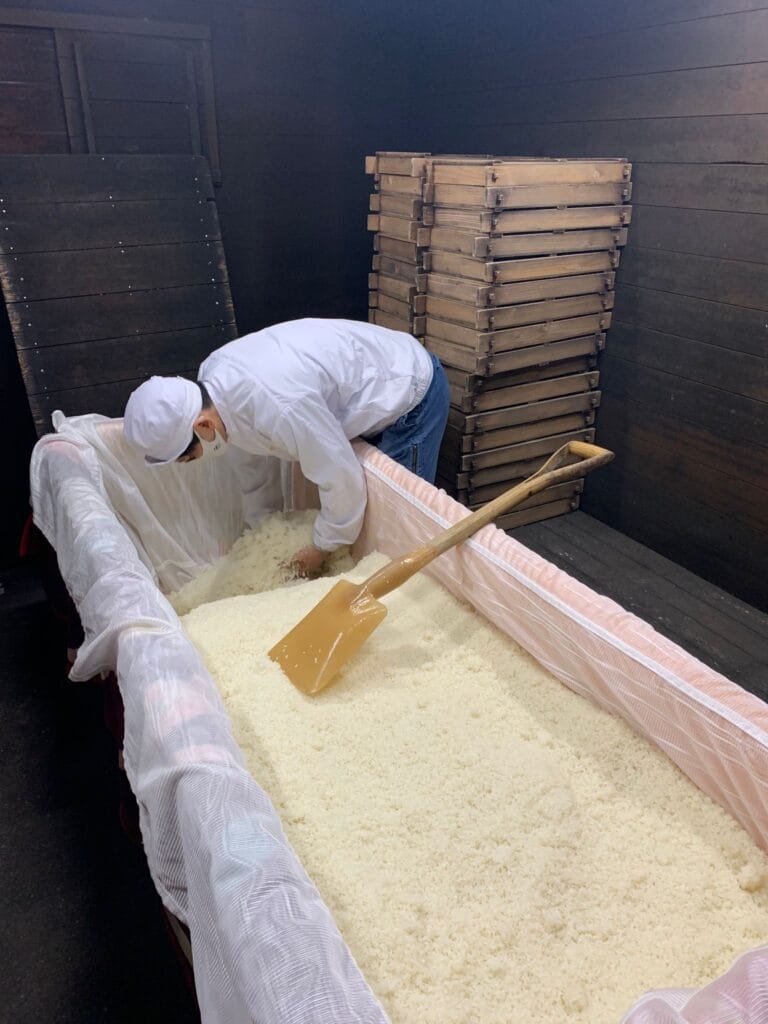
Tsushima island
Our first week of the program was spent on Tsushima Island, where we were joined by students from Nagasaki University. It was a strange sight to see a large number of abandoned houses on the island. Over the past few decades, many residents have left in search of opportunities in urban areas. As younger generations leave, traditional cultural knowledge is lost, and ecosystem services are diminished. Fortunately, the local culture is still well-preserved among the aging residents, thanks to the island’s remoteness. We were fortunate enough to stay in beautiful old Japanese homestays, where we enjoyed meals prepared from local ingredients with the families. Almost all of Tsushima Island’s flat areas were once used for rice farming, while the forests were primarily used for timber production. Today, most rice fields are abandoned, and forests are unable to regenerate naturally due to the island’s large deer and wild boar populations, which consume young trees and hinder natural succession. It was striking to see how depopulation has far-reaching consequences, including the loss of biodiversity and unique species, such as the Tsushima wildcat (due to habitat loss).
In response to these challenges, the Japanese government is supporting rural revitalization projects. We interviewed several project managers who shared their efforts to encourage islanders to adopt a more self-sufficient lifestyle, relying more heavily on local resources. Additionally, they are exploring ways to increase tourism and boost the island’s population. Many of these projects focus on raising awareness of the island’s issues through environmental education programs. By working together, communities on Tsushima Island can address the challenges of depopulation and preserve the island’s unique culture and environment for future generations. Tsushima island is very diverse and could be an excellent sustainable tourist destination. Some of the tourism projects include:
- Sea kayaking amongst the hundreds of island in Aso bay, while learning about the coastal waste issues: https://www.tsushima-cappa.com/ or http://tsushima-eco.com/
- Ecological tours and night hikes to spot wild cats. There are many projects on the island to protect its most famous resident; the Tsushima leopard cat. Through tours you can and learn more about the extraordinary wild cats and the issues they are facing: https://www.discover-nagasaki.com/en/sightseeing/870
- Shiitake mushroom farms can be found around the island and you can observe and learn about the process of mushroom farming at several places.
- Also, some incredible hiking trails can be found on the island, for example:
- Mt. Ariake: https://maps.app.goo.gl/tWYU4MDx7F6iSnoWA
- Sentawara Makiyama: https://maps.app.goo.gl/aR1qo8x3GtgdVQbt8
- Kaneda Fortress Ruins: https://maps.app.goo.gl/4FkbuqUQeoBw8tmm9
Moreover, Tsushima offers a wide range of local experiences and homestays through its Nohaku program. This is a homestay/farmstay experience that allows visitors to stay with local farmers, fishermen, foresters, and agricultural families in the Tsushima area. It is the perfect way to experience the local life and resource use at the island: https://tsushima-gbt.com/nouhaku-about-en
Saikai city
The journey continued to Saikai city, close to Nagasaki. Along with the beauty of the coastal area, we already felt the rich environment and its nature. We were introduced to how the local community members and NGOs initiated events to preserve and protect natural resources and advocated to bring community members together. Yukinoura week was one of the most successful events, attracting both domestic and international travellers every May. Not only the local community, but the city government office made good use of the secondary forest, (which is a forest that used to be heavily managed for logging, but has since fallen into disrepair). Our initial understanding of the challenges posed by secondary nature was limited. We assumed that if landscapes were once managed, allowing nature to run its course would restore healthy ecosystems. However, the profound impact of human actions has altered natural dynamics in such a way that natural biodiversity recovery is often impossible. It once again puts into perspective the impact people have on the natural environment and interdependency between human and nature. At Yukinoura they invite visitors to get close to the forest and show how they re-created the nature-based space and improve biodiversity. We were able to help plant trees and interview a family who immigrated to Yukinoura. The local family showed us how they practice multi-species plants, crops, how they made good use of farming space to help increase the biodiversity. Some of the tourism activities and places to visit around here are listed below:
- Yukinoura events (experience the local way of live, cuisine and activities in the nature: https://yukinoura.net/yukinoura_en/
- Hike to the Tsugane Otoshi Waterfall: https://maps.app.goo.gl/JouEQfUvg5fNs5YR8
- Learn about the process of rice wine and vinegar at the local Kawazoe Vinegar Brewery
- Hike part or the complete Kyushu Nature Trail, starting in Nagasaki: https://www.traildino.com/trace/continents-Asia/countries-Japan/trails-Kyushu_Nature_Trail
- Vistit one of the beautiful natural shrines hidden everywhere in the forests around each village. Or take in the coastal views along the 202 highway that runs from Nagasaki to Yukinoura.
This trip gave us many things to think about, that will be important for a sustainable future anywhere in the world. For example; ‘how to strengthen the relationship between human and nature’ or ‘how to increase biodiversity in secondary nature’? This question becomes interesting to study in our respective countries with different cultural, social, and economic backgrounds. We would like to thank Ota Sensei for his hospitality and everything he did to make this program possible.
By Elok, Wan-Jou and Viola
